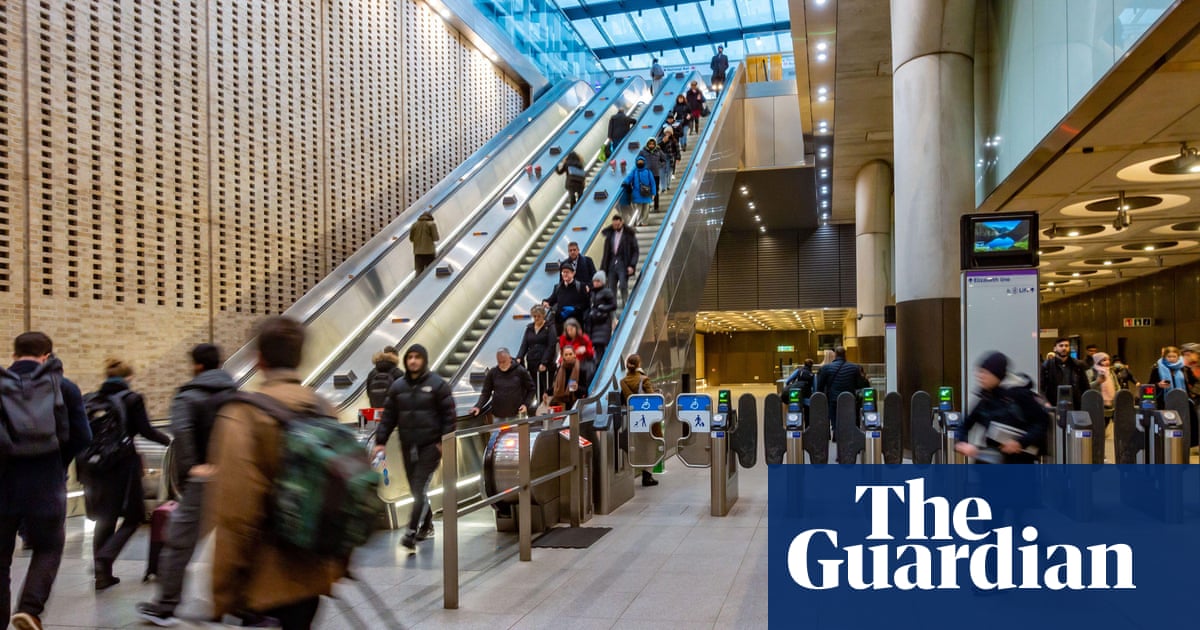
NEW YORK, Sept 3 (Reuters) - U.S. job growth slowed more than expected in August amid a softening in demand for services and persistent worker shortages as COVID-19 infections soared, but the pace was enough to sustain the economic expansion.
Nonfarm payrolls increased by 235,000 jobs last month after surging 1.053 million in July, the Labor Department said on Friday. The unemployment rate fell to 5.2% from 5.4%. Economists polled by Reuters had forecast nonfarm payrolls increasing by 728,000 jobs and the unemployment rate falling to 5.2%. read more
MARKET REACTION:
STOCKS: S&P e-mini futures slightly extended gains then stalled and were up 0.09%, pointing to a flattish open on Wall Street
COMMENTS:
JJ KINAHAN, CHIEF MARKET STRATEGIST, TD AMERITRADE, CHICAGO
“It is not as bad as it looks. It seems to be a COVID-variant-affected number. The reason I say that is particularly in leisure and hospitality – zero jobs there – that seems really odd. If you think about it, we were getting 300,000 to 400,000 jobs so you get a 500,000 miss, that fills in a lot of that gap. So it was just those restaurants and bars that were opening just took a halt. It also plays out with retail being down 28-1/2 thousand, that is odd. The last one that is odd in here, and they even acknowledge in the report they can’t figure out why, is the state education. If you really put those three together, the only thing I can figure is the Delta variant affecting those numbers and affecting the pace of opening of restaurants and bars. Because there were some good numbers in there and I hate to see that lost – manufacturing, professional services, transportation – all really nice numbers, so there were pockets were things were really going quite well. The public-facing jobs are the ones where things were very odd.”
MICHAEL O’ROURKE, CHIEF MARKET STRATEGIST, JONESTRADING, STAMFORD, CONNECTICUT
"Obviously a big disappointment. The headline number missed... if anything the key takeaway is it allows the Fed to be patient before tapering.
"It"s (overall) mixed but the headline number is going to be the key metric that everyone is focused on, and from a policy perspective, it leaves us in a holding pattern. Hopefully it"s not the Delta variant that"s resulting in a slowdown. We need more data to get a good feel for where things are."
THOMAS HAYES, MANAGING MEMBER, GREAT HILL CAPITAL, NEW YORK
“The bad news is that it missed by two thirds basically of expectations and the good news is that it gives the Fed cover to push off tapering. It just means more Fed for longer.
"My guess is the announcement will be in November instead of September and the implementation will probably be late this year or more likely early next year. Beginning taper in October is now off the table."
"So bad news is good news, is the name of the game with this jobs report."
MICHAEL ARONE, CHIEF INVESTMENT STRATEGIST, STATE STREET GLOBAL ADVISORS, BOSTON
"The number"s a big disappointment and its clear the delta variant had a negative impact on the labor economy this summer. You can tell because leisure and hospitality didn"t add any jobs and retail actually lost jobs. It suggests areas that are highly sensitive to the pandemic suffered as the delta variant surged."
"Markets are still signaling a positive open. Bond yields have ticked down some. Investors will conclude that perhaps this will put the Fed further on hold in terms of the timing of tapering. Markets may be ok with that. The market is always concerned the Fed will begin to tighten monetary policy prematurely. A number like this suggests that there"s still some more time before the Fed begins to taper."
DAVID PETROSINELLI, SENIOR TRADER, INSPEREX, NEW YORK
“It"s not good news for stocks, obviously. There were a lot of crosscurrents in these numbers at the end of the summer. But at the end of the day, the Delta variant of COVID is definitely keeping people out of the labor force.
“There’s other stuff in the report to hang on to. Average hourly earnings was big and the unemployment rate was down to. There"s some stuff that hit the screws, but the headline number of jobs created was definitely smaller, definitely a disappointment."
STEVE RICK, CHIEF ECONOMIST, CUNA MUTUAL GROUP, MADISON, WISCONSIN (email)
"Following the strong jobs gains from July, it is disappointing to see the August jobs failed to meet expectations. However, this is not completely surprising given the emergence of the Delta variant which has continued to beat down the already hurting leisure and hospitality sectors. Though it is disheartening that the labor market couldn’t maintain momentum from the rapid growth, it shows us that our best way to true economic recovery is continuing the work of fully containing COVID-19 cases.
"The beginning of the summer showed a surge in economic growth as COVID-19 cases plummeted and people got vaccinated. In July alone, 943,000 jobs were added to the economy and unemployment fell to 5.4%, the lowest since the pandemic began. The average growth for the three months prior to July was 567,000. While we’ve taken a bit of a step backwards with climbing case numbers again, this summer has illustrated economic rebound potential post-COVID."
PETER CARDILLO, CHIEF MARKET ECONOMIST, SPARTAN CAPITAL SECURITIES, NEW YORK
“It’s a disaster. It came way under estimates. Hourly wages took off and it looks to me as if wage inflation is not that far away. Labor part stuck at 61.7%
"What does this all mean? It means that the market is likely going to encounter a lukewarm trading session.
"It doesn’t put pressure on the Fed to make a taper announcement but judging from what I see here it’s an impact of resurgence of COVID and the service sector, people are staying at home and this will change.
"These numbers are weak now but will strengthen in the months to come as the supplemental unemployment runs out.
"The hourly wages is a hint that people are going to be demanding more money and with the threat of the virus still around and companies will start to raise salaries.
"Look at the price of gold. It’s up. Rates are higher. It’s because of the increase in hourly wages. The market is telling you wage inflation is not that far away.”












